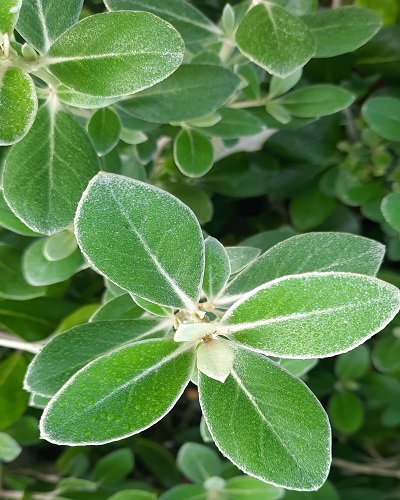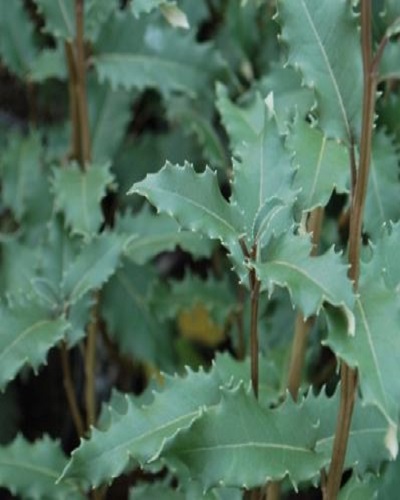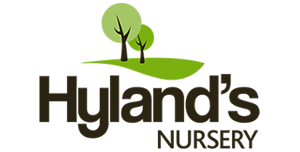
Olearia Hedging
OLEARIA HEDGING
Olearia Hedging (traversii) – This is a fast growing evergreen hedge which is good in coastal areas where other hedges will not grow as they have a high tolerance for seashore and wind. It can grow from 5-10 metres in height if left untrimmed. It prefers a sandy loam soil and full sun. It originally came from New Zealand. Olearia Hedging flowers in early summer on panicles.


Prices listed above are for collection from Hyland’s Nursery in Oulart. For more information please visit our terms & conditions page.
Types of Olearia Hedging you can buy and when to plant them
Ways You Can Buy Our Olearia Hedging
Pots or containers:
Olearia in pots can be planted all year round and can be any size, from a plant in a 9cm pot to a plant in a very large tub. Their root is settled into the pot and the plant has been actively growing in the pot thus it is well established. A plant in a pot can be sown all year round. As it is established in the pot, there is little disturbance to the plant when planted into the ground so it is more likely to grow. It is seldom that a plant in a pot fails unless the watering conditions haven’t been correct. It will need to be watered in well when initially planted. If planted during a hot time or in the summer, it may need to be watered a few times a week until they get established in the ground.
Bare rooted:
There are plants that have no soil on their roots. They are usually small, single stemmed plants. It is important when you get these plants that you keep the roots moist and don’t let the roots dry out. You should keep them in the bag or heal the roots into sand or soil until you are ready to plant them. You should try to have the ground ready before you get them, and plant them as soon as you get them so they have a good chance of success. They should be planted between November and March but the earlier in the winter the better as it gives the roots a chance to settle in before the growth starts.
Planting Tips – Olearia Hedging
Distance apart:
Smaller Olearia plants should be planted at a distance of 30cm apart in a single row. Larger plants won’t need to be planted as close, but how close will depend on how soon you want your Oleria hedging to look full.
Preparation for planting
The ground should be clean and free of weeds and grass. This gives the new plants a good chance to get established. If the area you are going to plant them in has grass or weeds, the ground should be sprayed off a week or so before planting to avoid any competition. To help prevent too many weeds appearing after you have planted your Oleria hedging, I find it a good idea to put your grass clippings or mulch around the plants as this smothers out the weeds and helps prevent the plants drying out.
Depth
The plants should be planted deep enough to cover the roots. They do not like to be planted too deep as this may kill them or stunt their growth.
Olearia doesn’t like to be lying in water so if the area you want to plant them in is wet, you may need to consider draining the ground or making a mound/ditch of topsoil on top of the ground and plant them into this.
Oleria hedging grows well in full sun.
Aftercare
Once the Oleria hedging is established you can trim it once a year. Mid to late summer is a good time to give it a trim. It shouldn’t be trimmed if the weather is really hot and dry. You can give your hedge a feed of any high nitrogen feed (e.g. in the nursery we use 18-6-12) or poultry manure pellets in late spring/early summer.
General Problems with Olearia Hedges
Rabbit and Hare damage:
You may find that your Olearia plant is bare at the bottom this is generally rabbit damage as they love to eat the young hedging plants. Unfortunately the only solution we find to this is to rabbit fence, which is expensive initially but if not done can cause a lot of expense from having to replace plants and a lot of annoyance to yourself.
If the plant has been bitten cleanly off almost like a cut, this is damage by a hare.
Hunger:
If your hedge has poor growth a good feed may be needed. A granule or liquid feed with high nitrogen or some poultry manure pellets should help.
Too much water (waterlogged):
If you have a more established hedge and it starts turning yellow, the ground may be water logged. Olearia doesn’t like sitting in water for a long period of time and doesn’t like heavy wet ground. Wet ground will kill Olearia as it prefers dry light soils.
If you have any questions, please do reach out to us by phone +353 87 277 3492 or email for answers.









